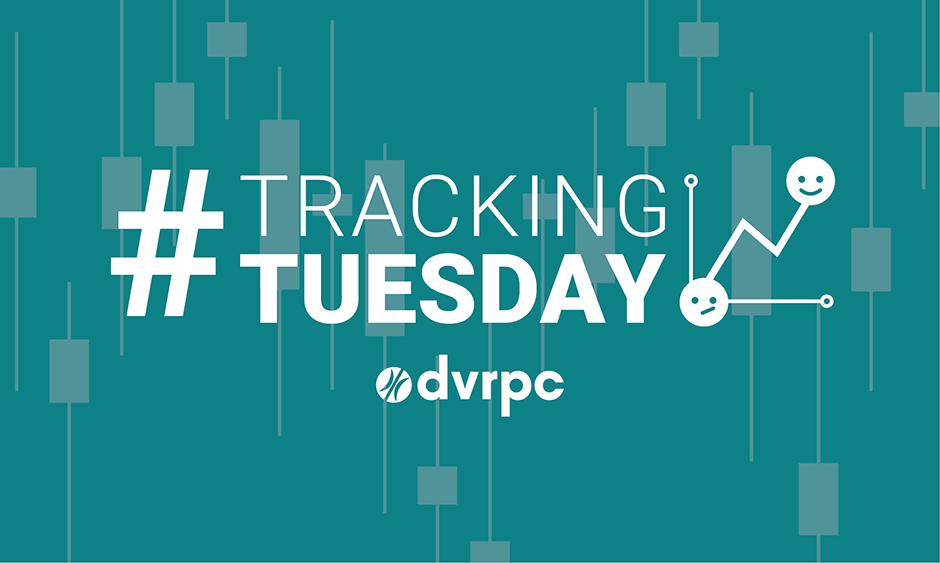
January 30, 2024
Newly released income data from the US Census Bureau shows that income gaps remain wide between the region’s wealthiest and poorest, white people and people of color, and men and women. While the income gap between the region’s men and women has substantially dropped over the last decade and a half, it still remains wide.
The Greater Philadelphia region’s Long-Range Plan, Connections 2050, sets a goal to grow a more equitable economy by reducing poverty and the wealth gap and increasing access to economic opportunity for all residents. All residents deserve the opportunity to participate and thrive in our economy and communities. But too often, the opportunities available fall short of supporting all individuals and families. A more inclusive economy requires more access to high-quality jobs—which in turn can reduce income inequality, lead to higher quality of life, reduce segregation, increase tax revenue, and improve the region’s economic performance.
Newly released data from the US Census Bureau shows that in 2022, income gaps are narrowing, yet still remain high. The racial and ethnic gap has decreased from 44% lower median incomes for people of color than white individuals in 2015 to 36% in 2022, and the overall income gap remains wide, with white people making over 1.5 times more than people of color in 2022. The income gap between the region’s men and women has declined by 34% from 2000 to 2022, but the median earnings for women remain 26.4% less than for men in 2022. Income gaps between the wealthiest and poorest residents continue to widen. The top 5% of income households made more than 28 times the amount of money on average compared to the lowest quintile of income houses. This gap has been widening over the last 16 years, with the growth rate between the region’s lowest and highest quintile households by median income diverging by 21.2% during this period.
To see the income data further broken down at various regional geographies, go to the “How are we doing?” tab in the Income Indicator. This update enhances the Income data with an “all” option, which shows the average median income data for everyone, regardless of social class, gender, or race. No single indicator can give a full picture, and this is just one of many indicators used to track the region’s progress toward obtaining the vision outlined in its Long-Range Plan. Other Tracking Progress indicators related to income include educational attainment, gross domestic product, job growth, and labor force.
Want to download the data for your own use? Under each chart, find a link to the data in DVRPC’s Data Catalog. You can also explore other indicators in Tracking Progress, DVRPC’s interactive dashboard for exploring Greater Philadelphia’s progress toward the Connections 2050 regional Vision.